|
When I started the Facebook Group Garden of the Finzi Famiglia, its intent was to bring together the multitude of people in the world with the Finzi surname. In the beginning, it was a way for me to search for my actual genetic roots and perhaps meet some long lost cousins along the way. Among our 225 active members, all named Finzi (or a variant), I have succeeded in finding my Catholic, Finzi cousins with whom I share a common DNA, all originating from the town of Molfetta, Puglia where my father was born. But there are other, larger branches of what I call la Famiglia Finzi, many whom are Jewish, and can trace their heritage back to the time of the Medici in Northern Italy. Although my small branch is special to me because we are related by blood, I also feel like a "cousin" to all of the many hundreds of Finzi that I have become online friends with, from Italy to England, Brazil and Argentina, the U.S. and France, Norway, Tunisia and beyond. Through our Garden group, we have all found commonalities and feel like extended cousins. 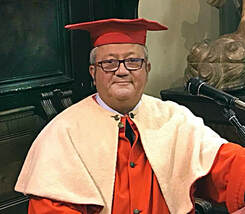 But the reason I am writing this post is to celebrate the life and passing of one particular Finzi... Doctor Giuseppe Finzi, professor of vascular diseases and head of the Day Hospital at the University of Parma. Beppe, as his friends called him, was also author of over 60 publications in national and international scientific journals, was a member of the Italian Society of Internal Medicine and was very active in Italian politics. This past Wednesday, we lost Giuseppe as he was fighting on the front lines of the coronavirus Italian crisis. His underlying health issues made him an easier target for the terrible coronavirus, taking him only a few days after he was first diagnosed. We mourn this amazing Finzi. He held the name proudly and was actually able to trace his family tree back 1000 years. He was one of a long line of doctors, rabbi and teachers throughout the history of this noble Jewish Finzi family line. 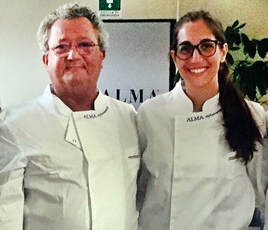 Giuseppe and Daughter Giuseppe and Daughter His humor, smile and hugely generous personality was loved by thousands who knew him. He was a perpetual volunteer for charitable programs, a sailor, a chef, a dog lover, a sun-worshiper, a passionate soccer fan, and one-time candidate for mayor of Soragna, his home town. One of his recent pet projects was a healthy cooking program for at-risk young women where he enjoyed donning the chef's toque and jacket. His passing brings the number of Italian doctors lost during this crisis up to 13. Giuseppe Finzi was 62 when he passed. Our condolences to his family and wife of three years, Daniela. --Jerry, Lisa and Lucas Finzi "Not only did he participate in every activity, but he always found a way to make himself useful", says Riccardo Moretti, president of the Jewish Community of Parma. "A pure person, a friendly face that all of us will miss."
Our dear Mona Lisa apparently gets it. She picked up only as much toilet paper as she needs for a week. She has no kids and lives alone. her cat uses a kitty litter box. She's good to go. Think, "Need" vs "Want" vs "Hoarding". Hoarding supplies during this time will hurt us all. We've all seen the videos in Italy and in the U.S.... people fighting over rolls of toilet paper as they do a mad rush to get supplies during this coronavirus crisis. In Italy, the rest of Europe and here in the States, people are not being prevented from visiting their supermarkets and alimentari for food and other essentials. Here in Pennsylvania, Lisa's company has ordered all workers to work from home, Lucas is home because all the schools are closed, all "non essential" businesses are closing, BUT, all supermarkets and grocery stores are open and are being restocked after the first mad rush of last weekend. Most of our supermarkets now offer home delivery via online app, which helps reduce close contact. When I shopped last week, I wore latex gloves on both hands, wiped down the shopping cart's handle, and was careful not to stand too close to others. I also shopped at 7am when not many were in the supermarket. And although I didn't need toilet paper (we had stocked up two weeks earlier at a big box store with our normal 2 month supply), I was shocked to see the paper goods aisle empty. Calm down, tutti! Yes, this crisis is real--a fact of science and nature. But as long as we keep our heads and think not only of ourselves, but also our neighbors, we will all get through this. As the Italians say, andrà tutto bene -- everything will be fine. it may take some time, and there will be sacrifices, but we will come out of this in the end. --Jerry Finzi, GVI Some tips:
One of the more intriguing aspects of the Venice Carnevale is the beautifully fantastic cartapesta masks attendants wear. Many are colorful, feathery, glittered and elegant. But there is one long, bird-beaked mask that can creep out most who come across it... the Medico della Peste or Dottore Peste (plague doctor). This birdlike mask wasn't originally designed for the pleasures of Carnevale, but in fact was was invented in the 17th century by French physician Charles de Lorme to protect doctors airborne bacteria and viruses while treating victims of the plague. Carnival goers eventually started wearing a decorated version called Memento Mori, to remind them of their own mortality. In the 1600s, the beak was to be filled with aromatic and medicinal herbs to protect them from putrid air, which at that time was seen as the cause of infection. Often the city or town paid their fees, and some plague doctors were known to charge patients and their families (especially the wealthy) additional fees for special treatments for false cures. These so called "doctors" were often lay people without medical training, their only apparent useful purpose was in detailing and recording how many of the population were actually affected by plague. Even though these plague doctors offered little real healing, their value to the ruling class and local governments were overly inflated. In Florence and Perugia, doctors were often asked by officials to perform autopsies to help determine how the plague played a role. The city of Orvieto hired plague doctor Matteo fu Angelo in 1348 for four times the normal annual rate of a traditional doctor. Pope Clement VI hired several extra plague doctors during the Black Death to attend to stricken in Avignon. Of 18 doctors in Venice, only one was left by 1348: five had died of the plague, and 12 were missing and may have fled. Their special costume were first used in 1630 in Naples, and spread to be used throughout Europe. The spooky attire consisted of a light, waxed fabric overcoat, a mask with glass goggles and that frightening beak. They carried a scalpel for cutting open blisters (the goggles protected their eyes from the spatter) The wide brimmed hat identified most doctors during this time. Around their neck they wore a pomander which contained more herbs and aromatics--again, to protect themselves. They also kept and chewed raw garlic whenever near the inflicted. Their long cloak went nearly to the ground and was waxed heavily to ward off damp and fleas--possible carriers of the disease. They also carried a long cane to poke and probe patients during examinations and treatments, to avoid actually touching them. As mentioned earlier, that beak was stuffed with herbs, straw, and spices. The scented materials included juniper berry, ambergris, rose hips, mint, camphor, cloves, laudanum and myrrh.
Historic facts prove that these charlatans in their scary costumes did little to heal or prevent the plague in Italy. The Italian Plague of 1629–1631 was a series of outbreaks of bubonic plague which ravaged northern and central Italy. This epidemic claimed possibly one million lives, or about 25% of the population in these regions. Verona lost over 60% of its citizens. Milan lost 46%. In Venice, one third died. Stay healthy, amici. --Jerry Finzi 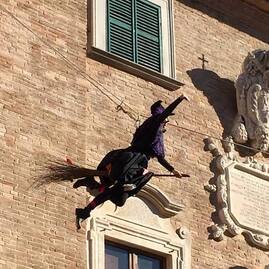 On the 6th of January every year, La Befana, the Italian witch, delivers treats to children across Italy, just as Babbo Natale does on Christmas Eve. But la Befana is a witch (albeit, a good one) who travels by broom, magically swishing down chimneys and leaving presents in children's pillow cases, stockings and shoes. In her hometown of Urbania--in the region of Marche--50,000 Italians celebrate this good witch's arrival with literally tons of desserts and foods. Throughout the streets and piazzas, you will find theater performances, fire-eaters, la Befana on stilts and also be amazed when she flies overhead (on a cable). The Festa Nazionale della Befana gives an alternative insight of holiday celebrations... it's perhaps one of the best festivals of the holiday season. --GVI Click on the photo above to watch a video of this festival
Bergoglio is a common Italian surname from the Piedemont region of Italy, although in this case, this man is called Jorge (Giorgio, in Italian) and he was born in Argentina. Yes, that Jorge Bergoglio, also known as Pope Francis. In the last few months, there has been a uprising and controversy when a video went viral--of Pope Francis pulling his ringed hand away from people as he meets. People are angry because HE isn't showing any respect for the Church or its traditions. The video that caused this controversy was from video footage of meeting of pilgrims after the Pope celebrated Mass in the Holy House in Loreto, Italy, on March 25, 2019. In this short video, Pope Francis appears to pull his hand away each time a person approaches to greet him and kiss his hand or ring. But this video didn't exactly show everything that happened that day. In fact, when approached by nuns, in every instance, he allowed them to kiss his hand or ring. But, when it came to the lay people that day, he pulled his hand away from each... (Watch the complete video on this page) Baciamano The custom of kissing the ring of the pope or a bishop has been a gesture of respect in the Church for longer than can be remembered, but likely started in the late Middle Ages. In fact, when I was a child, I remember having to kiss our bishop's ring whenever he visited our church. This ring-kissing is called baciamano (in Italian, literally "hand kiss”), but in practice it refers to kissing the ring worn by any bishop, but especially the Papal Ring of the Fisherman worn by every Pope. Each Pope chooses, designs or selects his own ring to wear during his Papacy. The Fisherman’s Ring is one of several rings typically worn by the Roman pontiff. The ring takes its name from its image of St. Peter as a fisherman, which became the standard design around the mid-15th century. The first record of the ring’s use was on two letters of Clement IV in 1265 and 1266, used as a wax seal in private letters in place of the official lead seal used for solemn papal documents. In 1842, use of the ring and wax seal were replaced by a stamp, but each Pope still receives a unique Ring of the Fisherman at the start of his papacy, which is then destroyed soon after his death. Pope Francis doesn't always wear the Papal Ring, and while outside of official Papal ceremonies, Francis is typically seen wearing only his episcopal ring. It is customary to kiss the ring of any bishop, and being that the Pope also holds the title of Bishop of Rome, he is also technically a Bishop. Kissing a Bishop's ring is done out of reverence for his dignity as a successor of the apostles, and the hand of a priest, as it has been anointed with chrism to consecrate the Body of Christ. The custom of baciamano started to change with St. Paul VI in the last decades of the 20th century, when he eliminated other forms of showing Papal obedience and subservience, such as kissing the pope’s foot, shoulder, and cheek. Kissing the Pope's ring was starting to fall from favor. In the past, one typically bowed while kissing the ring, but in later years, the bowing has also started to disappear.
Some Vatican insiders claim that Francis retreats from traditional Vatican Court Customs, wanting to further simplify the ceremonial by omitting the greeting of genuflection and kissing his ring. He sees this as a lessen to the people of his Church that he is also a common man, and only Christ Himself is worth of such respect. He will still allow those "of the cloth", such as nuns and priests to kiss his hand/ring (as is seen in the unedited video of the event in question). He is respecting the internal hierarchy of the Catholic Church in doing this. The Pope is in fact, their leader. But he does not wish everyday people to treat him as if he were some sort of religious idol. He is an "everyman Pope". So he often pulls pack his hand as a lesson for us not to idolize him. Other Reasons for Pulling Back His Hand Still others, point out that the Pope is a senior citizen, and as such, has a weakened immune system. It's prudent to lessen the contact with parishioners, especially during events when the Pope is likely to have thousands try to kiss his hand. Even politicians on their political hand-shaking and baby-kissing campaigns have their aides squirt their palms with Purell after each public event. Anecdotally, I will confess to changing my habits when food shopping when my son was a toddler, riding in the supermarket cart while I shopped. In the first couple of years, it seemed both of us were getting sick a lot... 4-6 times a year we would catch colds. But then I started to use the antiseptic wipes available in supermarkets to wipe down the handle of our shopping cart, and we magically stopped catching colds! I think we can all give the Pope the benefit of doubt on this matter. He is an older man and can catch colds like any other mortal human. He is also a humble Pope and doesn't like being treated like a king or monarch or even the embodiment of the Christ Himself. I think this can be a teachable moment. Use wipes at the supermarket --my lesson. The Pope is just a man, like all others --Francis' lesson. We are all children of God while we are in this mortal form. Germs DO exist and are transferred instantly by touch. There, I've said my piece. Now, does anyone have a Wipe? --Jerry Finzi 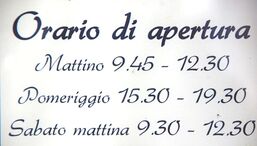 "Orario" means "hours" "Orario" means "hours" Most Italians work long hours. In the average business, their weekday hours are 9.00 am (9:00) to 1.00 pm (13:00) and from 2.30 pm (14:30) to 6.00 pm (18:00), from Monday to Friday. They use the 24 hour military clock. Many people will work well after 6.00 pm, especially true for managers and entrepreneurs. This is one of the reasons they take long lunches--called riposa--typically from 1 pm until 3 - 3:30 pm. Even most churches are closed from noon until 3 pm. There are many jobs which have their workers come in from Monday through Saturday, but they only work from 8.00 am to 2.00 pm. When a business is closed on Saturday, they might also add a few afternoon hours for their employees. According to Italian labor laws, the number of hours worked in a week can reach a maximum of 40. The average time, including overtime, cannot exceed 48 hours. Workers in Italy are guaranteed a minimum of 4 weeks paid days off for vacation and holidays. Some unions negotiate even longer periods of paid vacation/holiday days off. Lunch breaks are typically shorter in large cities and restaurants are open during the lunch hours. In smaller towns, even restaurants will be closed during riposa because most people prefer to eat at home. (But food is available at "bars", which are open). In almost all cases, many shops, even in large cities, will be closed for riposa with their hours listed on the door. In addition, during the August holiday season of Ferragosto, when workers take from 2-4 weeks off for holiday, you might see a sign on shop or restaurant doors saying "Chiuso Per Ferie" (Closed for Vacation) with a date when they will return from vacation. Most Italians take a two week vacation (called Ferragosto on August 15th) either before or after August 15th. Most large industries are closed during August and many museums and restaurants might also be closed. Many people take the entire month to rest and relax before returning to work and school on September 4th. The other period of time when holidays might affect normal business hours is the period between Christmas, New Year's Day and the Epiphany on January 6. Since Italy is a Catholic country, many national holidays coincide with religious holidays.
In addition, all Italian cities celebrate the patron saint as a legal holiday. All businesses are closed on...
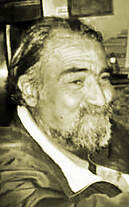 Schillizzi Schillizzi Enzo Schillizzi (b 1955 - d 2009) lived in the small Albanian-Italian village of San Costantino Albanese above the banks of the Sarmento River. The artist spent almost all his life in this small village just outside of Potenza, painting the local life and culture in murals all around the area. His work focused on the cultural symbolism of arbëresh tradition and folklore, especially on religious rites, for example, illustrating Nusazit, the pyrotechnic puppets of the saints day of San Constantino Albanese. Proud of the region's heritage, he recorded his impressions of the romantic and violent history of Basilicata and the briganti, robber/rebels who ran rampant during the post-unification period if Italy. Other subjects were his own interpretations of of painters such as Velasquez and Picasso. Some works are childlike, with indeed a Picasso-esque loose hand, while others show his extraordinary skill as a draftsman. After his untimely death, in July 2009, an effort has been made to research, document and restore and preserve his wonderful murals in addition to paintings privately owned. His colors often remind the viewer of the muted and natural palette from Basilicata itself--wheat, the varied tones of greens from the mountains and valleys, and the more vibrant colors of sky and flora. This research has been possible through the efforts of family and friends, who helped to identify and search out several paintings and gain permission of the owners to allow photographing them for posterity. Despite his works being dispersed in various places, a significant number still remain in San Costantino in private collections houses and in public spaces. Some his more complex works remind me of the work of Mexican muralist Diego Rivera while others have a mix of abstract and cubism in their compositions. After seeing his work, I'm convinced that his imagery would be well suited to ceramics and mosaic tiles. The town of San Constantino is blessed to have much of his work on public display, honoring their wonderful heritage. --Jerry Finzi MICHAEL*AGELUS*BONAROTUS*FLOREN*FACIEBA MICHAELANGELUS BUONARROTI FLORENTINE MADE THIS The Pieta (passion or pity) showing the Holy Mother Mary holding the lifeless body of her son Jesus, is the only sculpture that Michelangelo ever signed--on the sash across Mary's breast. When I first saw the Pieta at the 1963 Worlds Fair in New York, I noticed this signature and can remember thinking, "What a bold place to sign a piece of art"... Michelangelo was only 24 when he sculpted this masterpiece. He was young and proud, perhaps even cocky about his skills. I can relate to this. I left school early, and at 17 got a job as a sculptor's apprentice in a metal sculpting studio that designed churches around the world. I was so cocky about my own skills, I couldn't live with making sculptures to the exacting standards of the blueprints made by our studio's Master Sculptor. I knew I couldn't last long there. My mother always claimed I could draw before I talked, and as a child I dreamed of being a painter and sculptor. Michelangelo was certainly a child prodigy and also dreamed of being an artist. He stuck to his painting and sculpture and by age 21, he had moved to Rome and had already sculpted his first masterpiece, his Bacchus. For me, a cocky artist who knew he didn't want to starve in some garret somewhere in Greenwich Village (there were no future Popes or Medici supporting my artistic future), I turned to a more technical and commercial form of art--photography. At 21 years of age, I had already advanced to be a top photographer in one of the largest commercial photography studios in the country. By 24 I had opened my own photo studio in my Manhattan loft. At 24, Michelangelo had already created his Pieta. Cocky indeed--deservedly so, perhaps. Raw talent feeds this malevolent human trait, especially in youth. With more experience and gaining skills, I learned not to be so cocky (there is always something more to learn, even in later years), but Michelangelo's youthful cockiness and pride in his skills drove him to sign the Pieta in a bold manner... You see, after creating the Pieta, the sculpture was on display in the Chapel of Santa Maria della Febbre where the Sacristy stands today. When visiting his Pieta one day, Michelangelo overheard a group of Lombards critiquing his masterpiece and was enraged when he heard them attribute the work to the "Gubbo di Milano" (Hunchback of Milan), referring to Cristofor Salari, a well known sculptor 15 years his senior. Some say that this attribution lasted for quite some time before Michelangelo reacted, but many historians claim that Michelangelo went to the Pieta the same night with torch and chisels and carved his name on Mary's sash. It's curious that as he matured and gained self-confidence, Michelangelo never felt the need to sign any of his future works. I can identify with this also. It's often enough for the artist's soul just to create the work... to do his craft... to keep creating. The cockiness fades and is replaced with an internal self-confidence. When one examines the details of the Pieta closely, perhaps there is a realization that the youthful cockiness and pride was well deserved. Go slowly as you look at each one of these photos. Consider that Michelangelo has performed some sort of magical alchemy, turning stone into flesh, with the still warm veins of Jesus still containing his blood... --Jerry Finzi Copyright 2019, Jerry Finzi/GrandVoyageItaly.com - All Rights Reserved
Not for reproduction without expressed permission. “If Christ is God, He cannot sin, and if suffering was a sin in and by itself, He could not have suffered and died for us. However, since He took the most horrific death to redeem us, He showed us in fact that suffering and pain have great power.”
― E.A. Bucchianeri, Brushstrokes of a Gadfly, |
Categories
All
Archives
January 2024
|

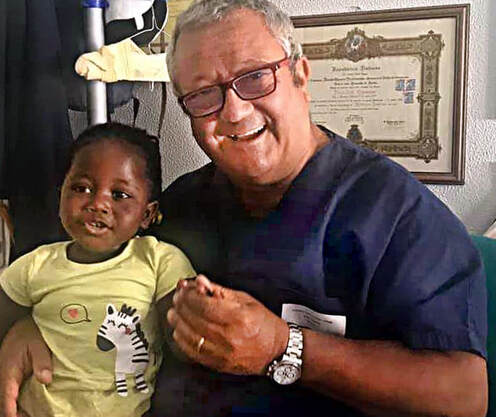
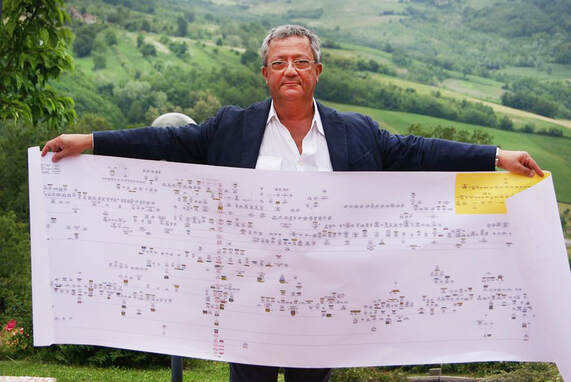
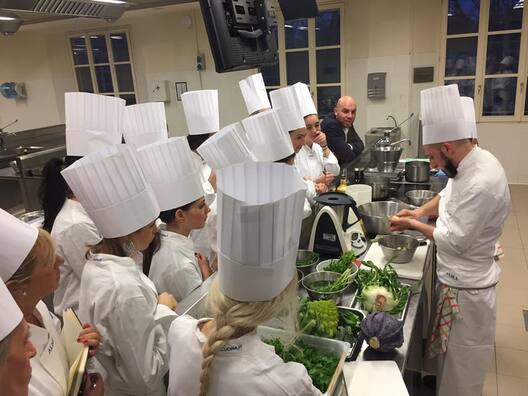
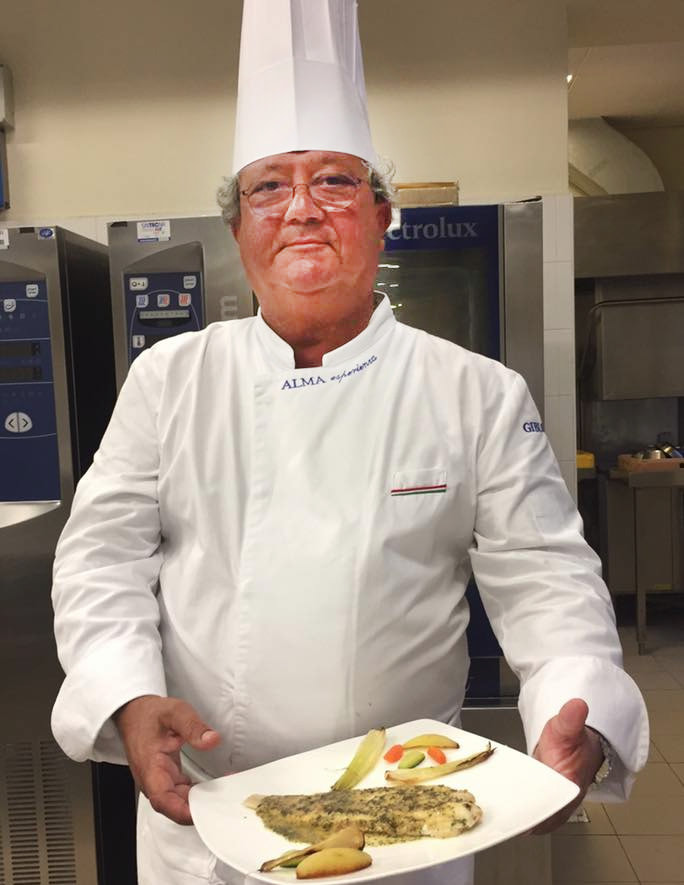
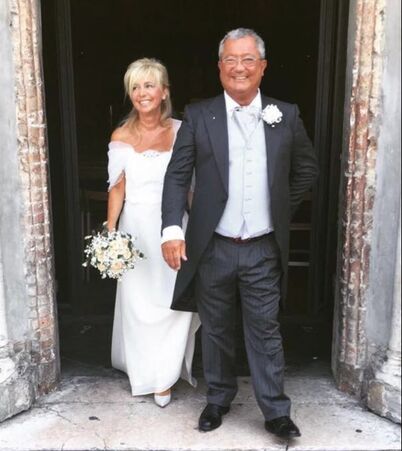
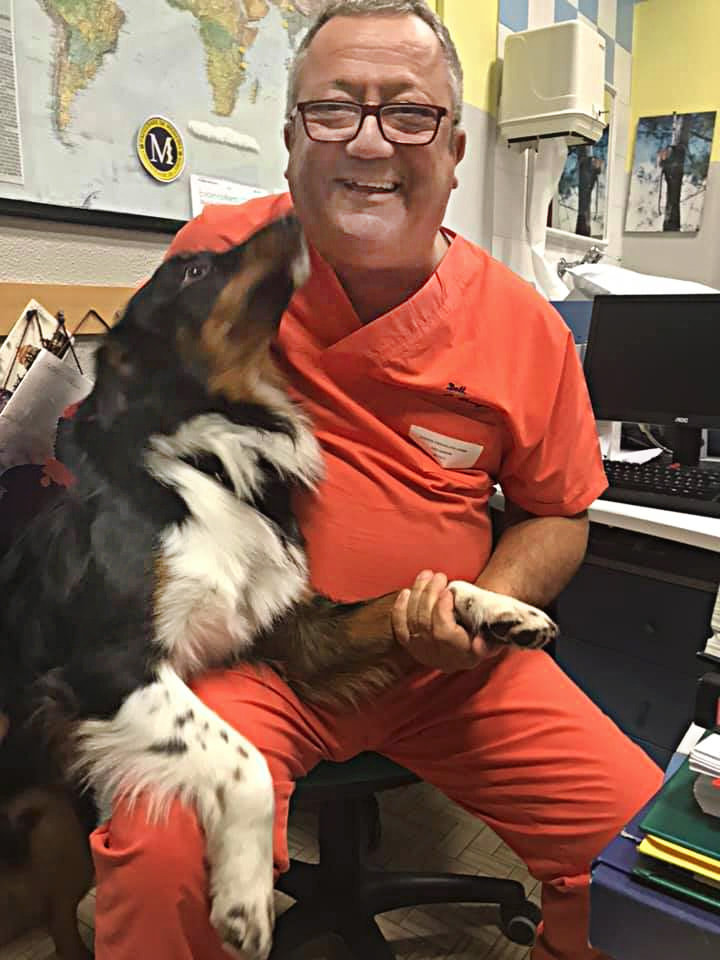
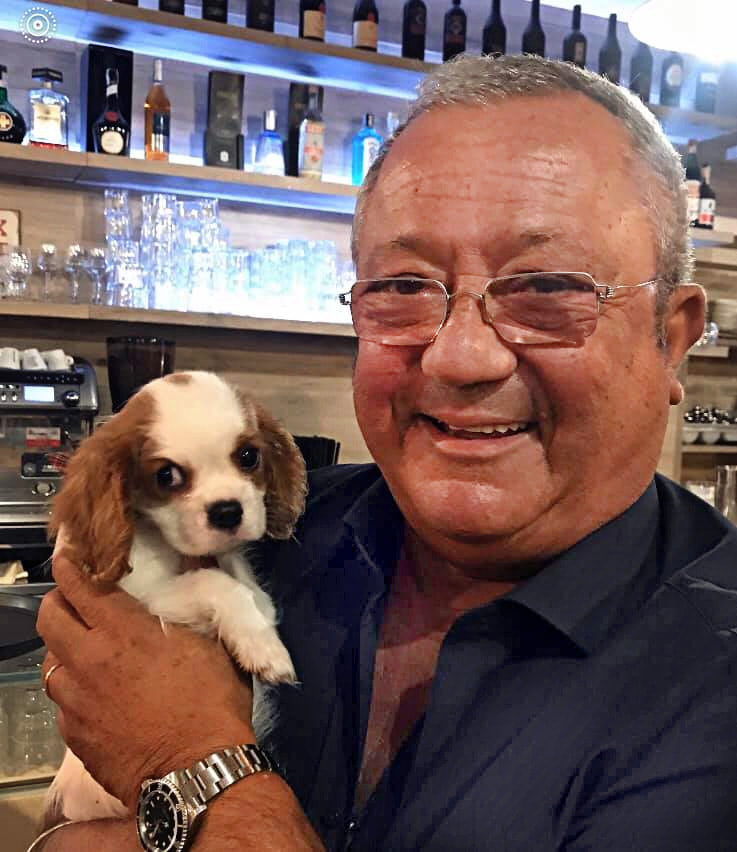
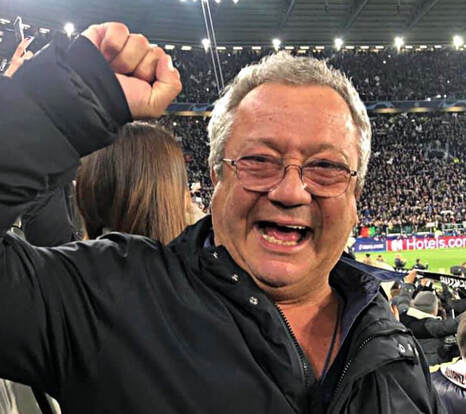
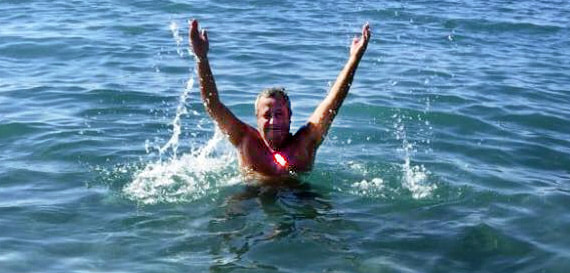
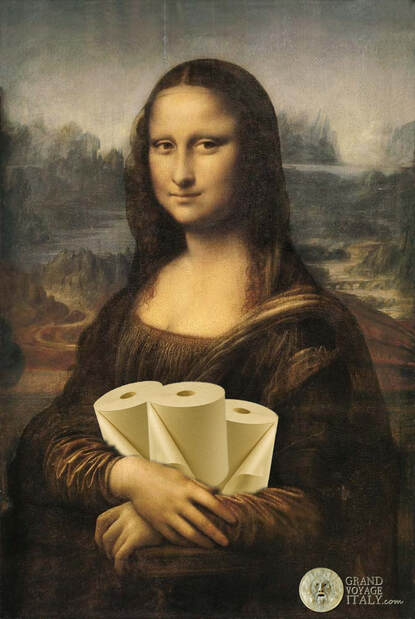
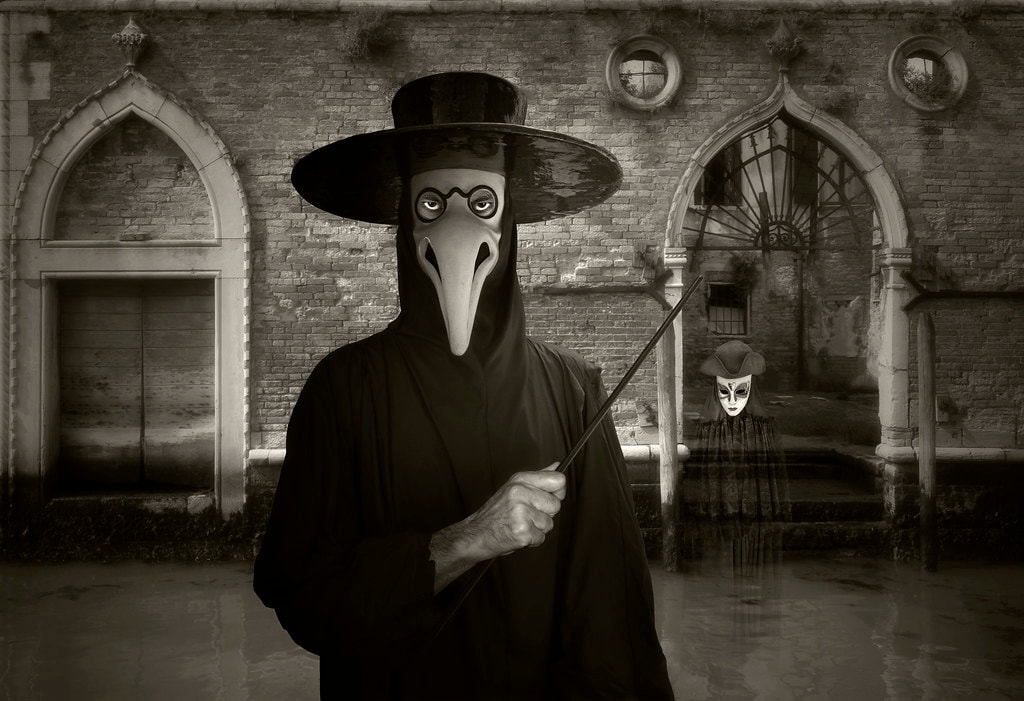
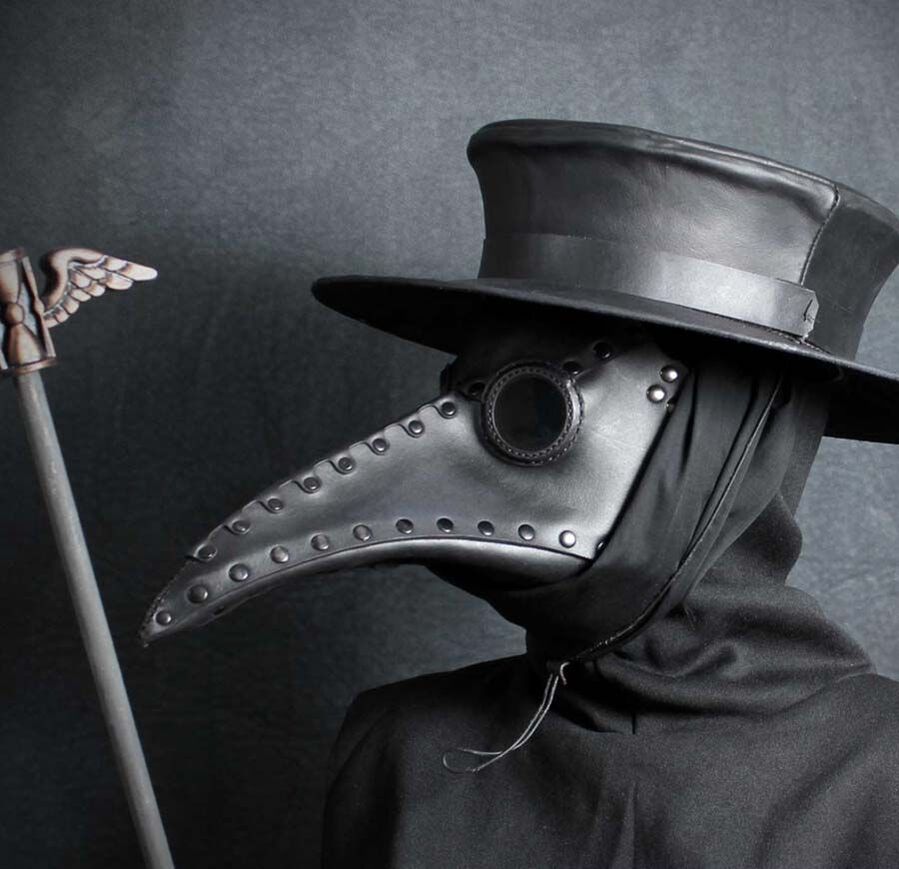
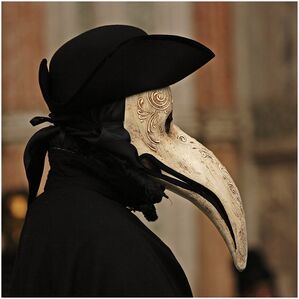
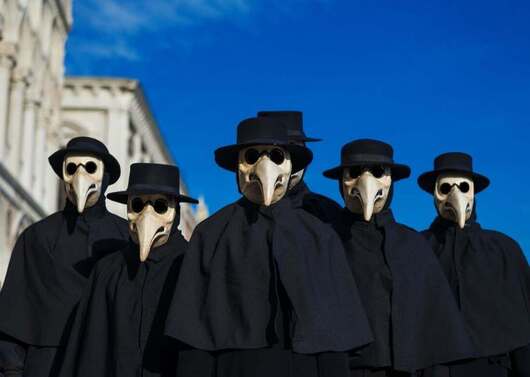
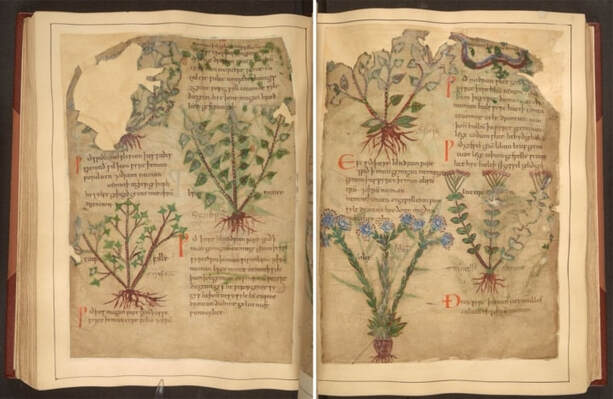
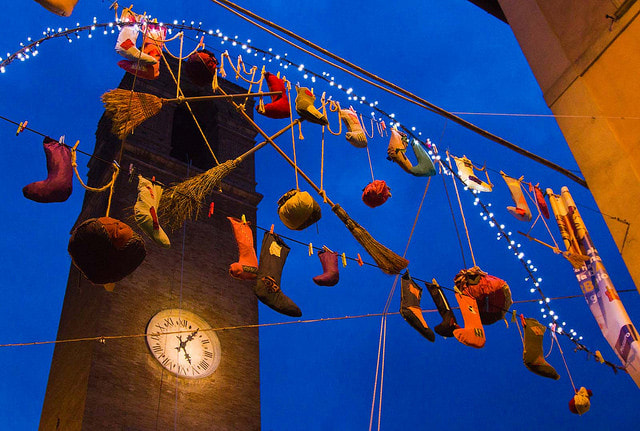
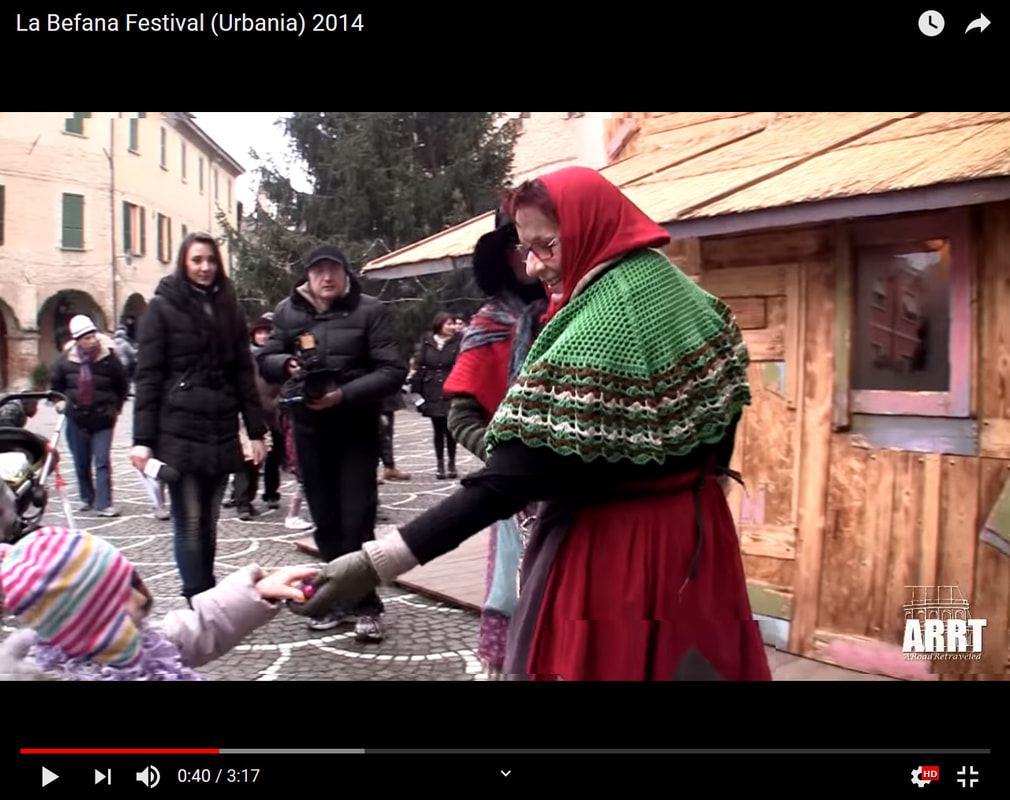
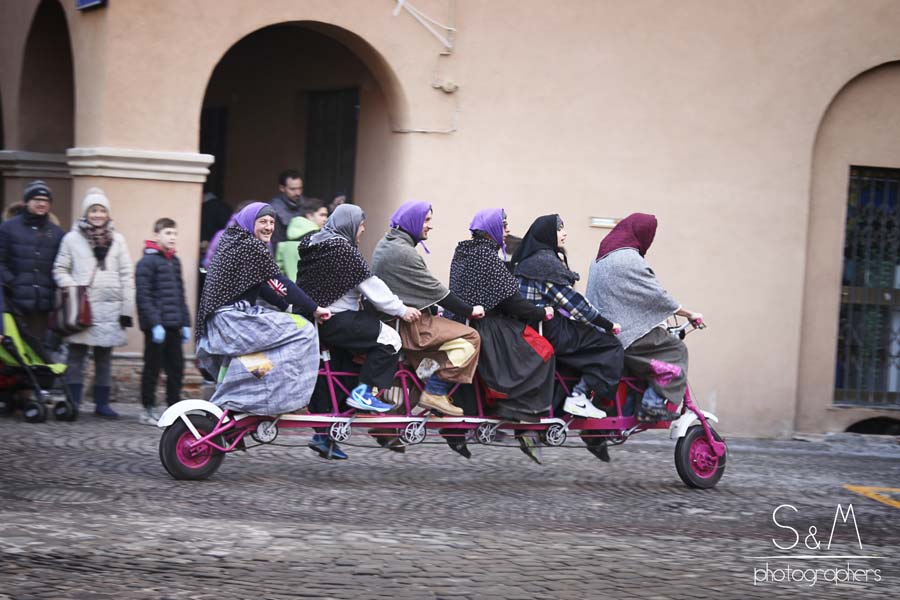
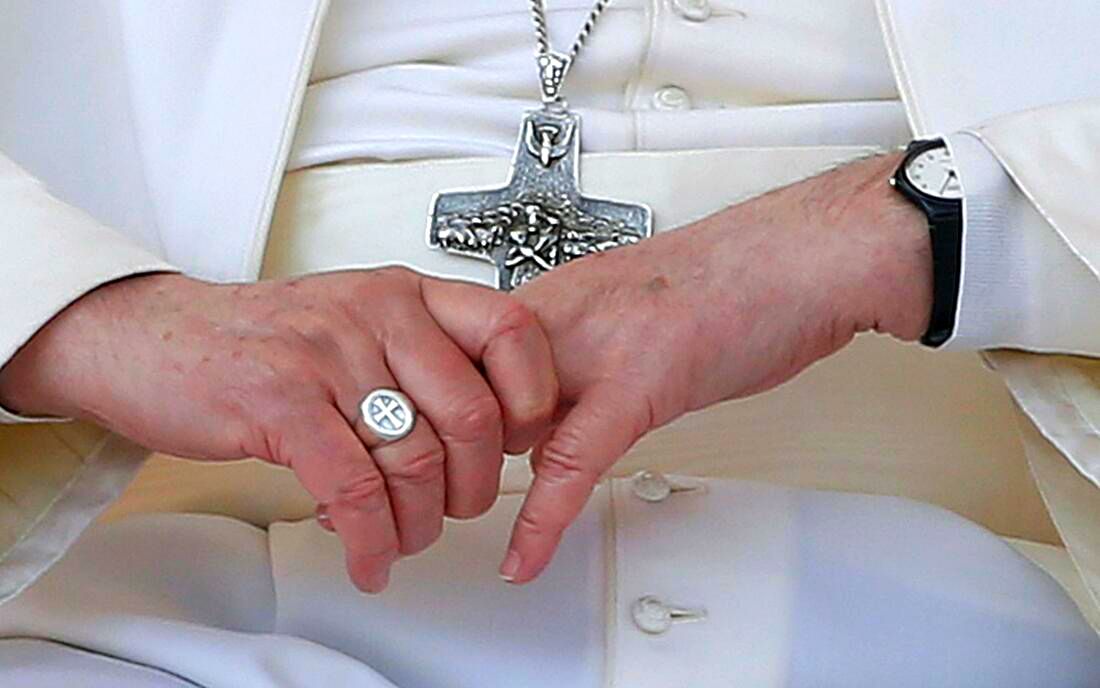
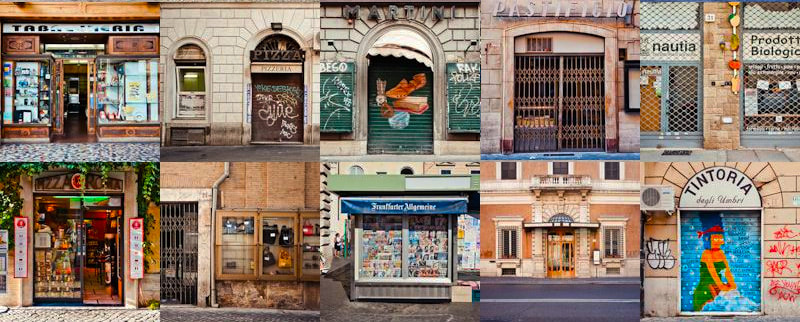
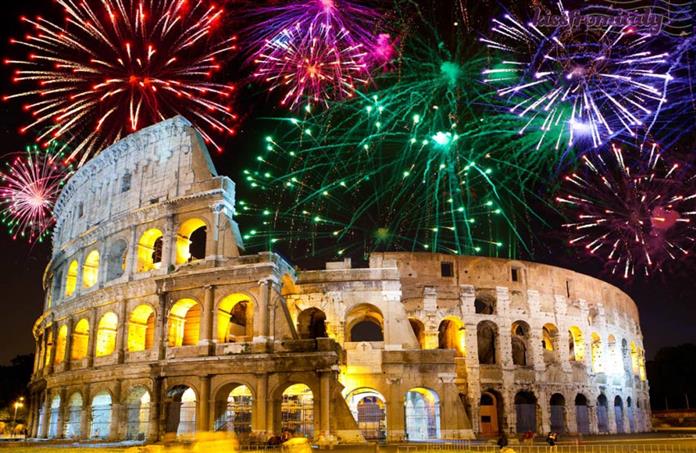
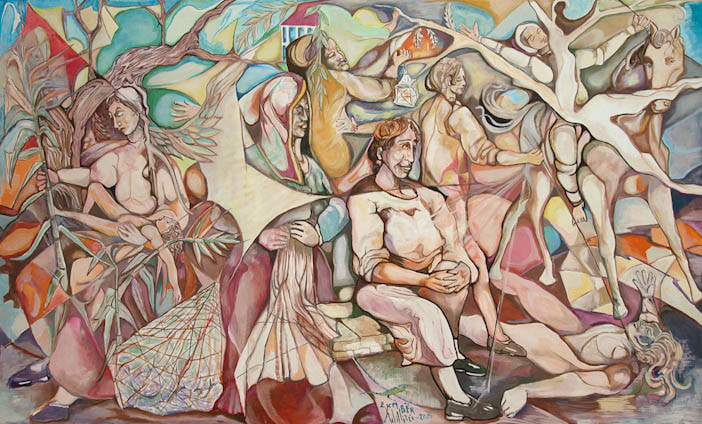
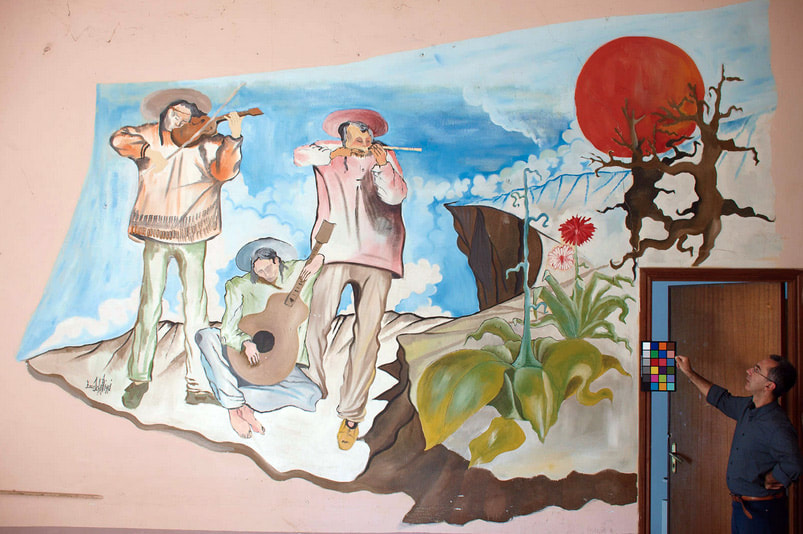
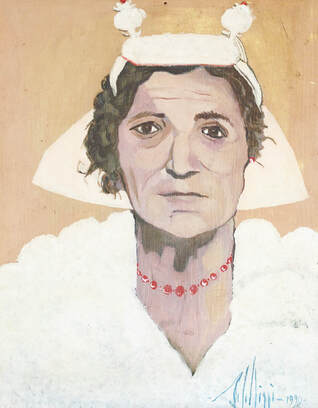
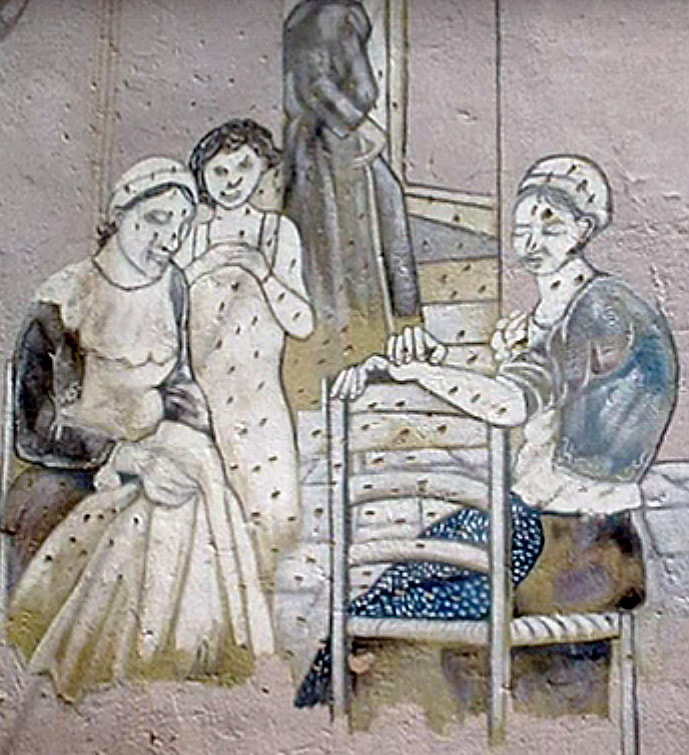
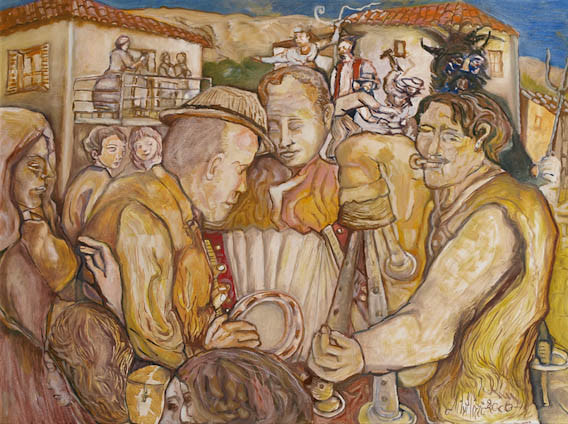
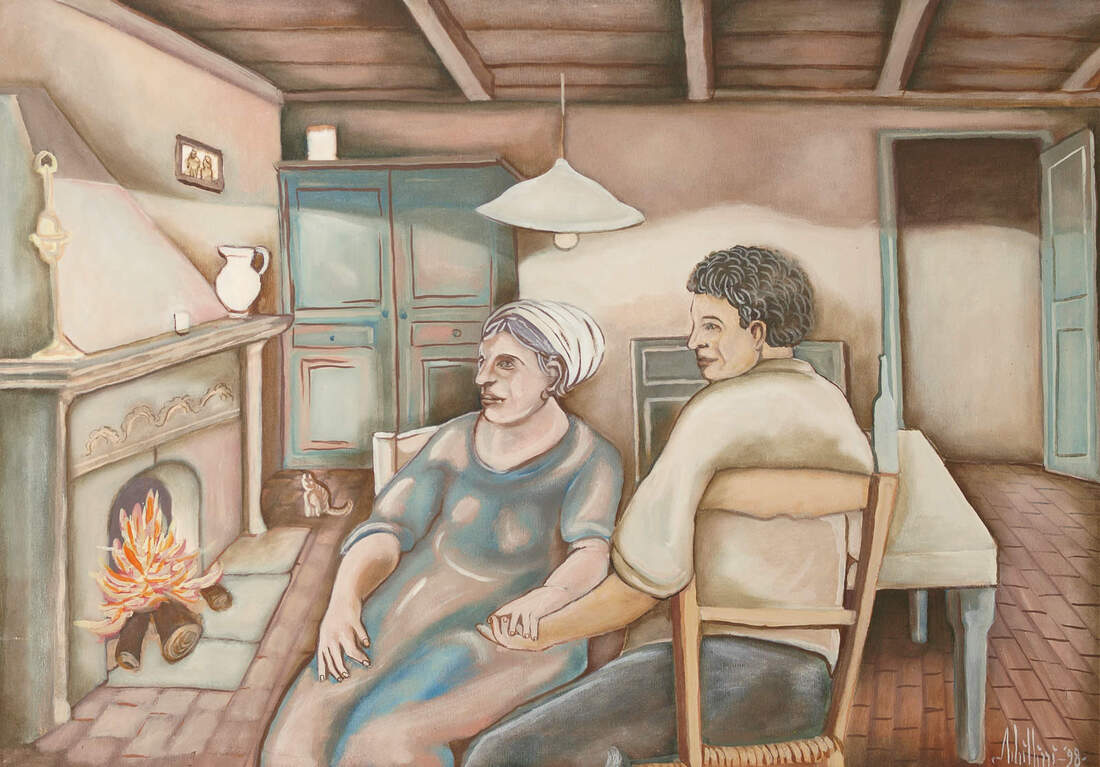
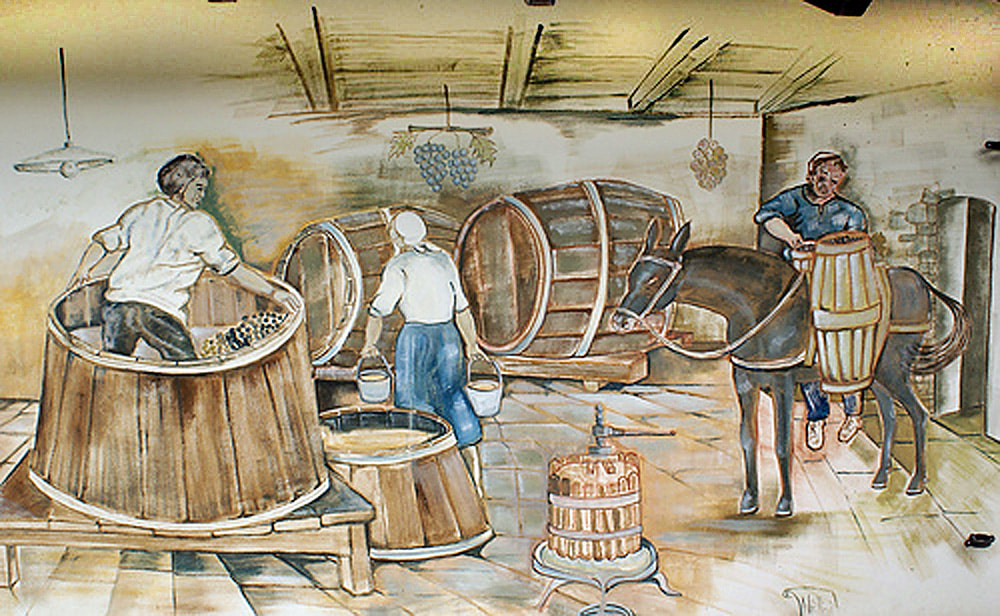
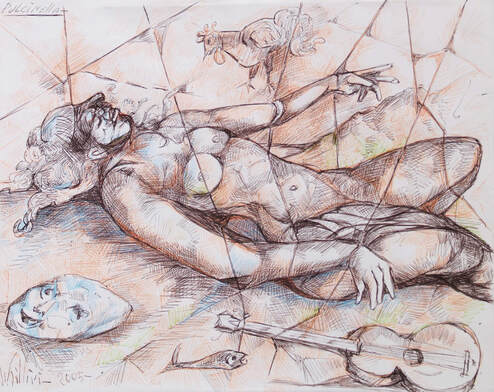
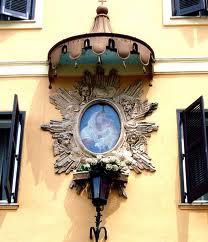
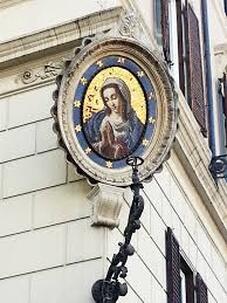
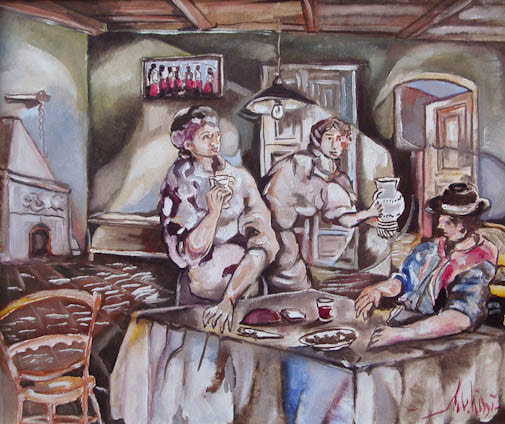
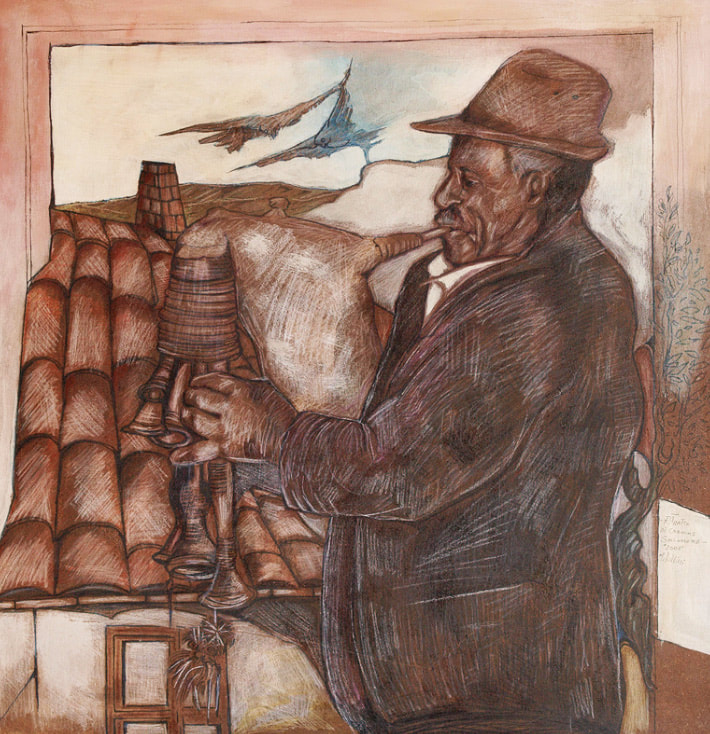
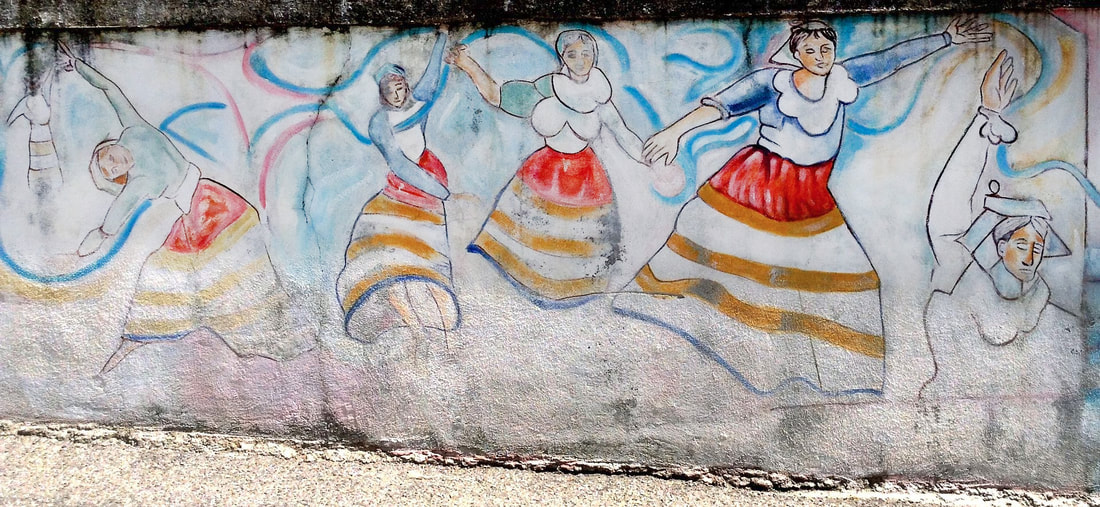
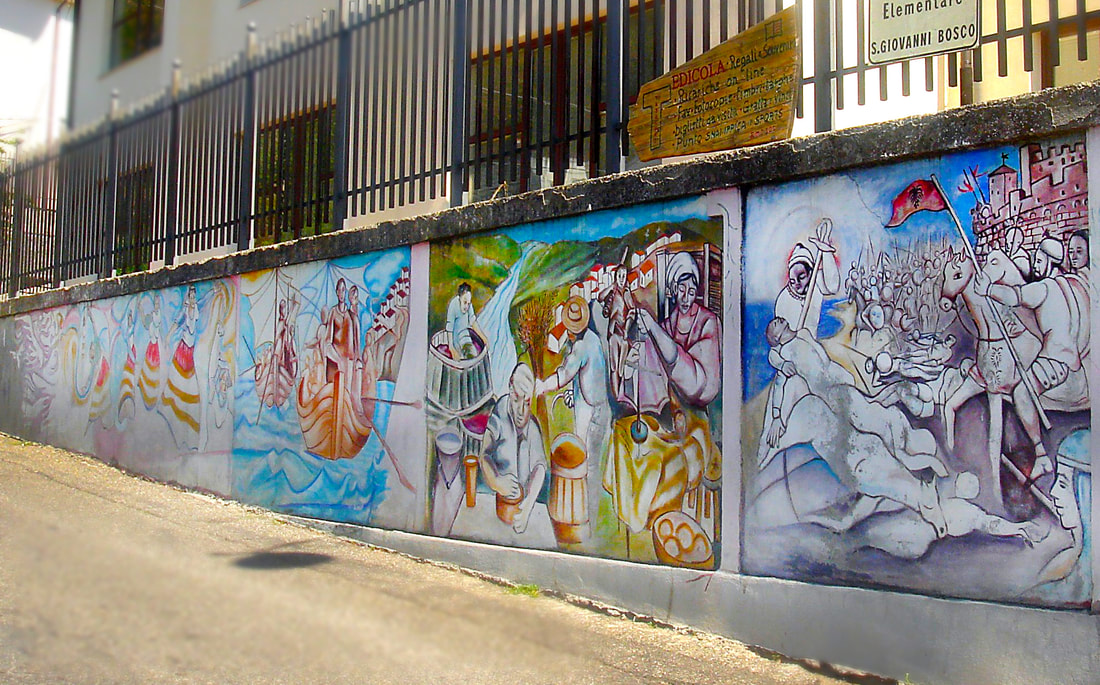
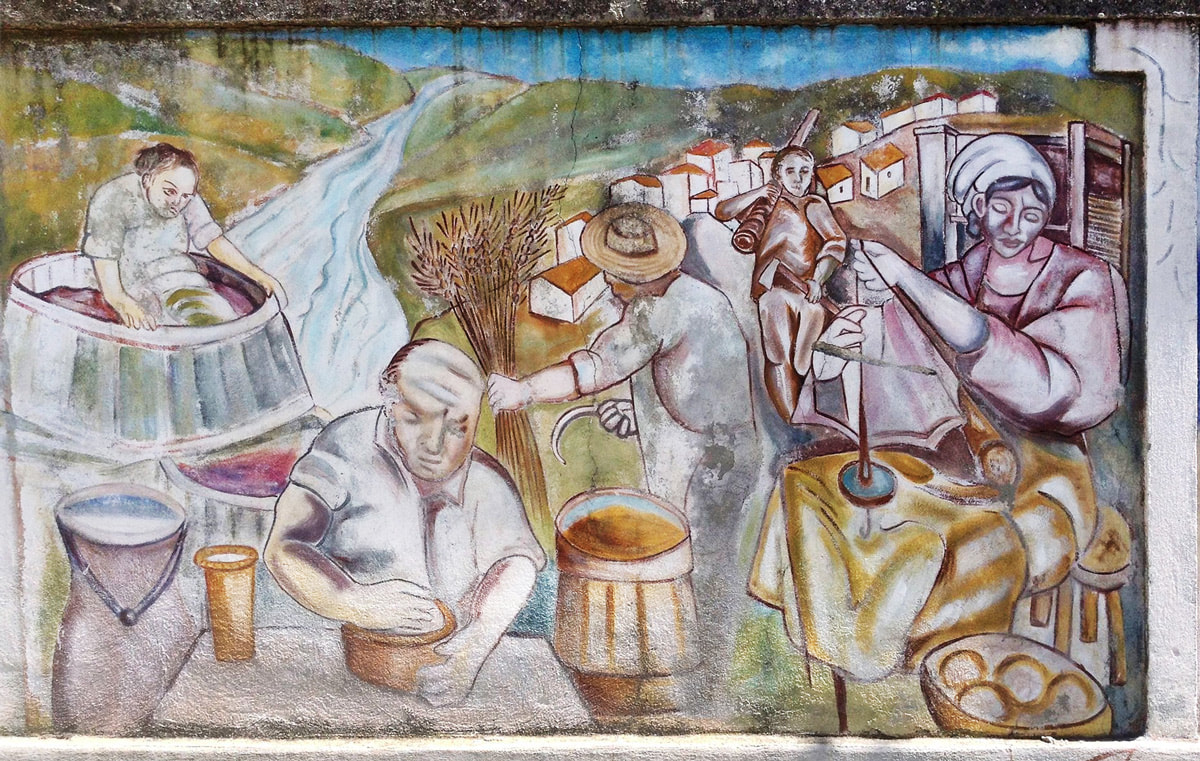
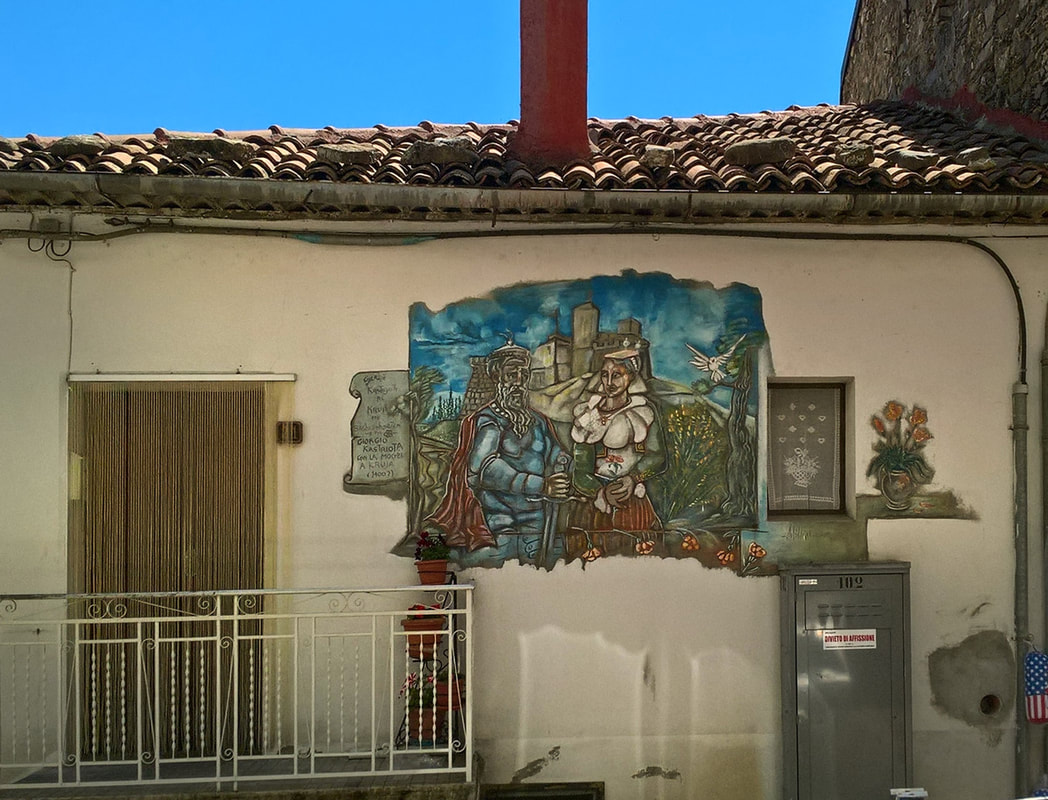
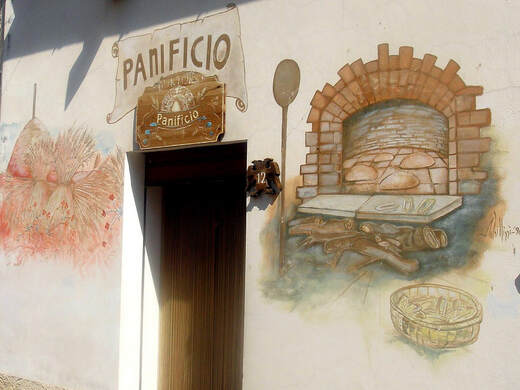
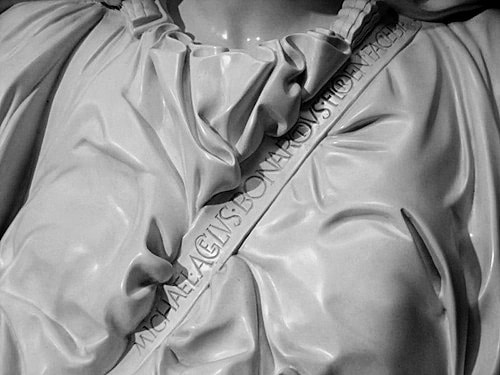
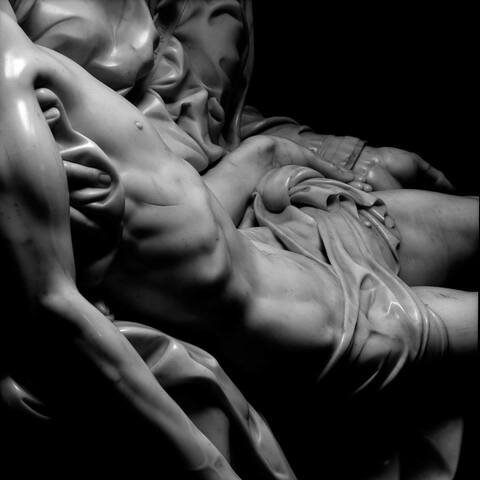
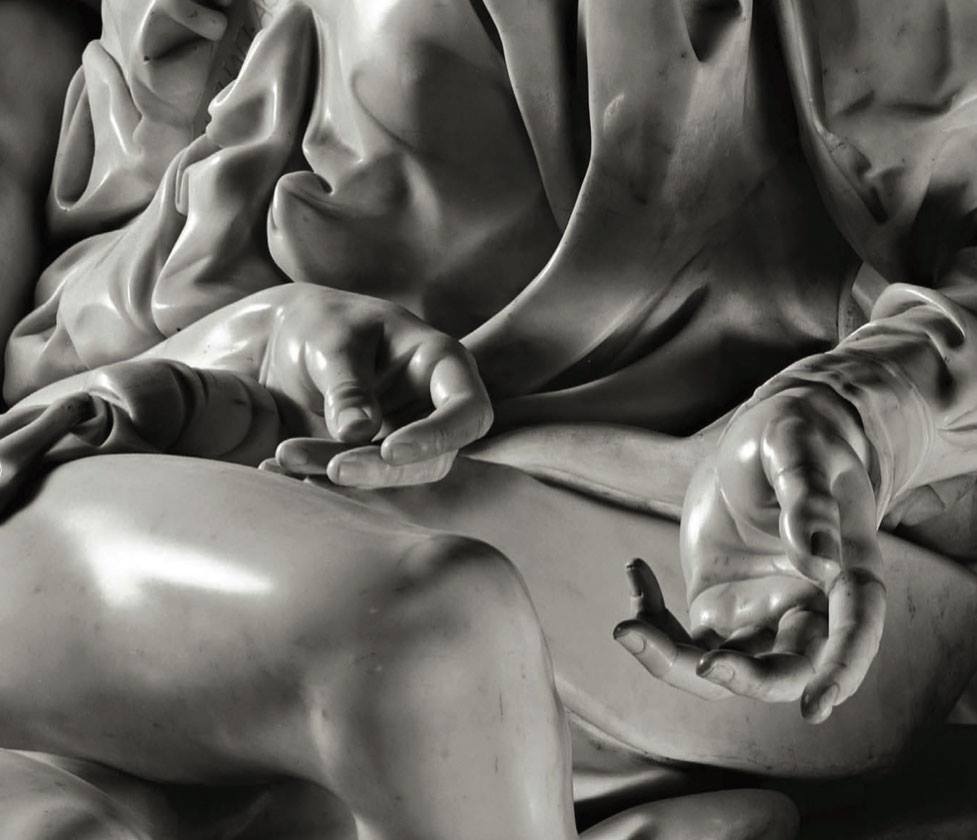
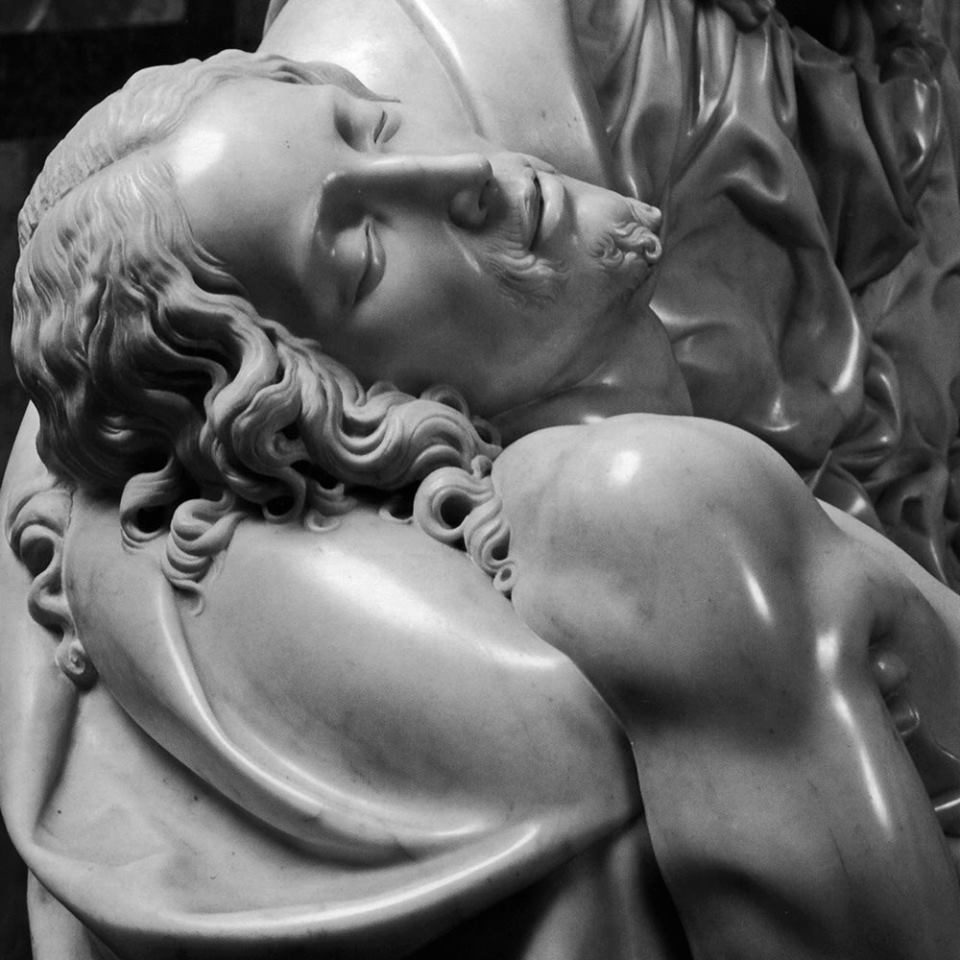
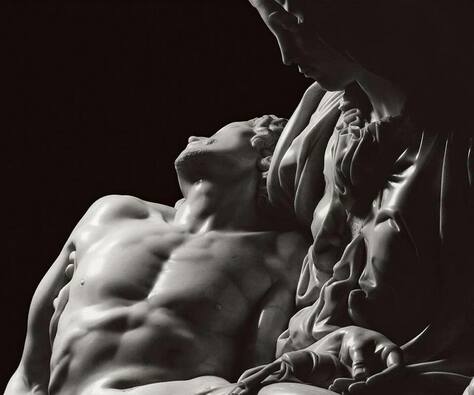
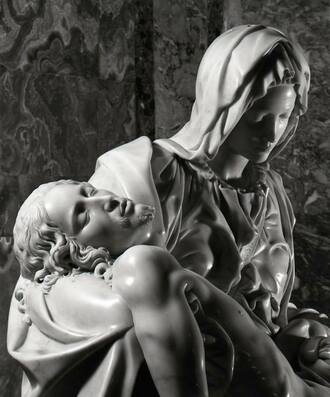
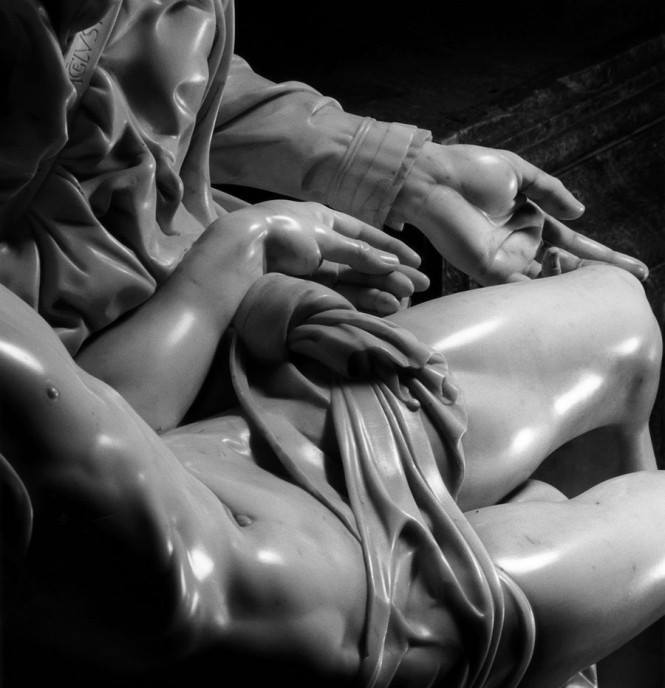
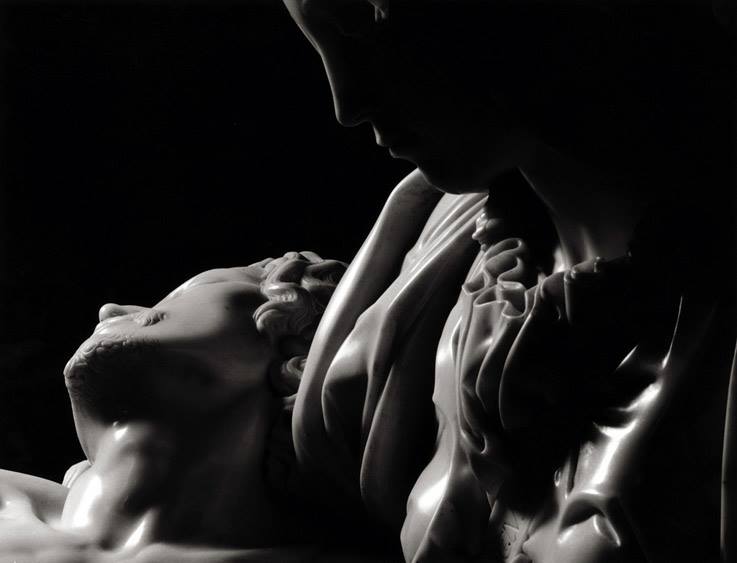
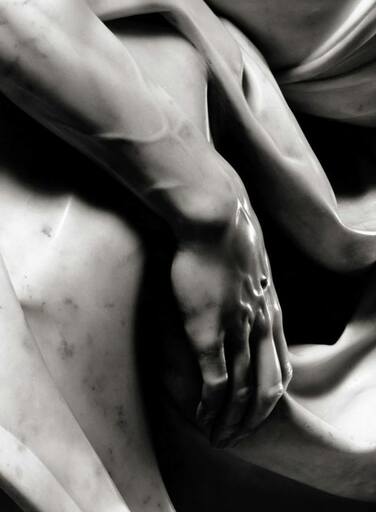
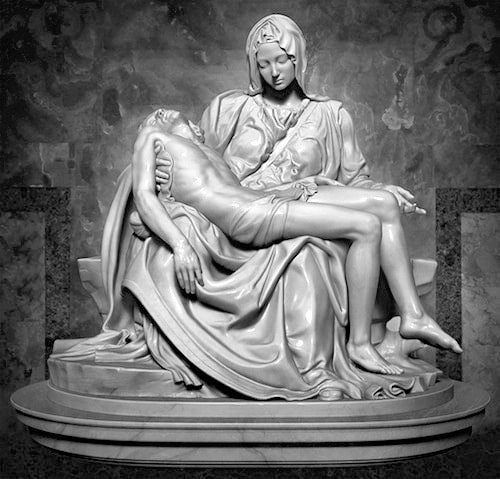
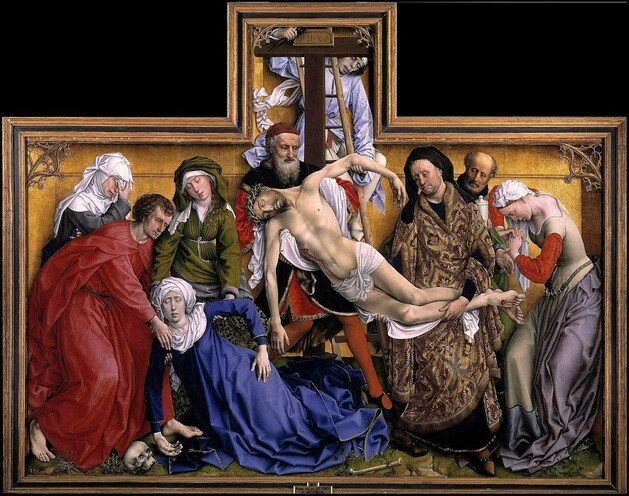
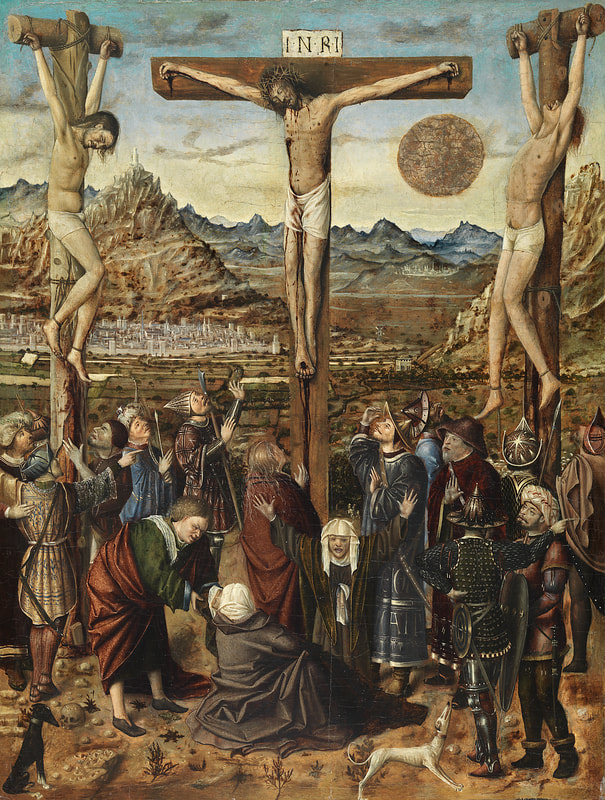
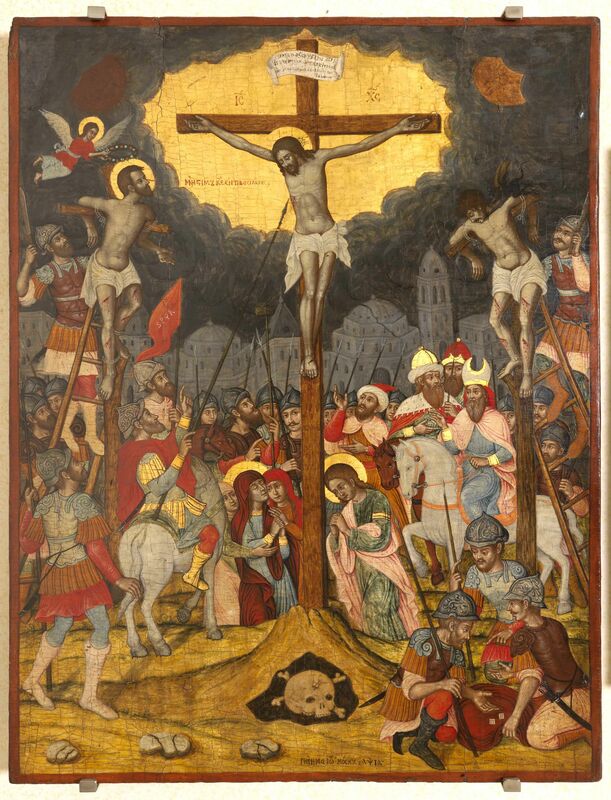
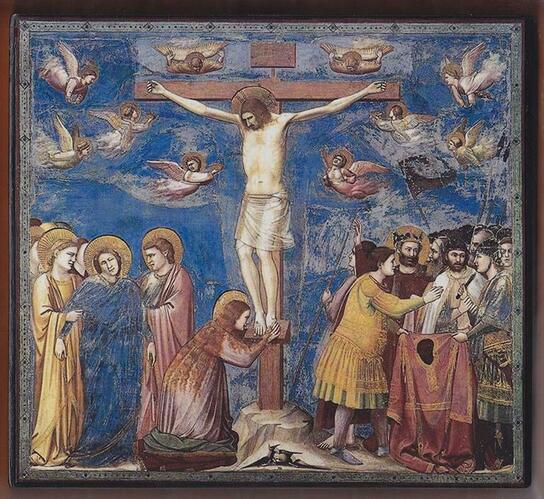
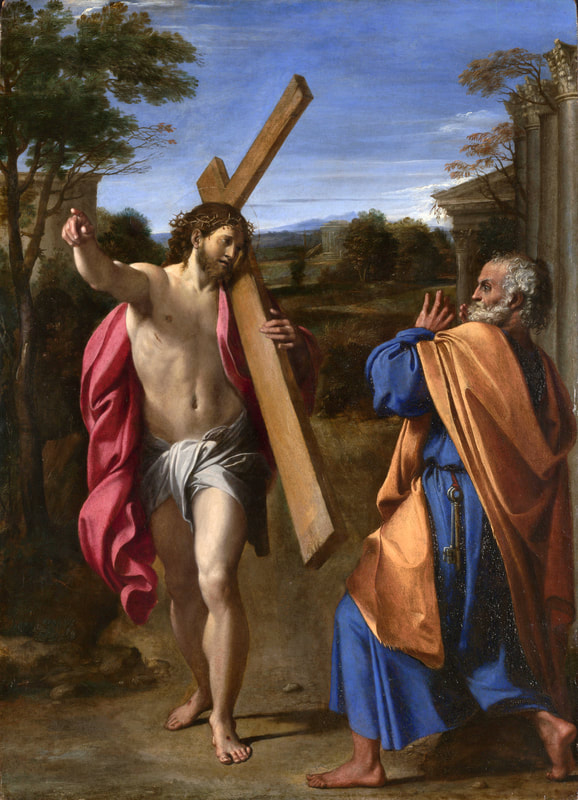
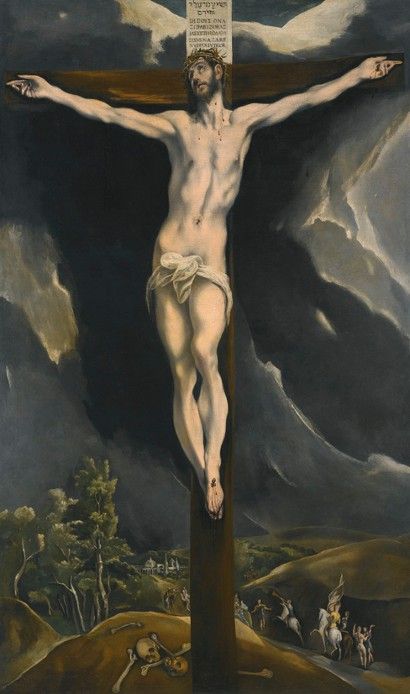
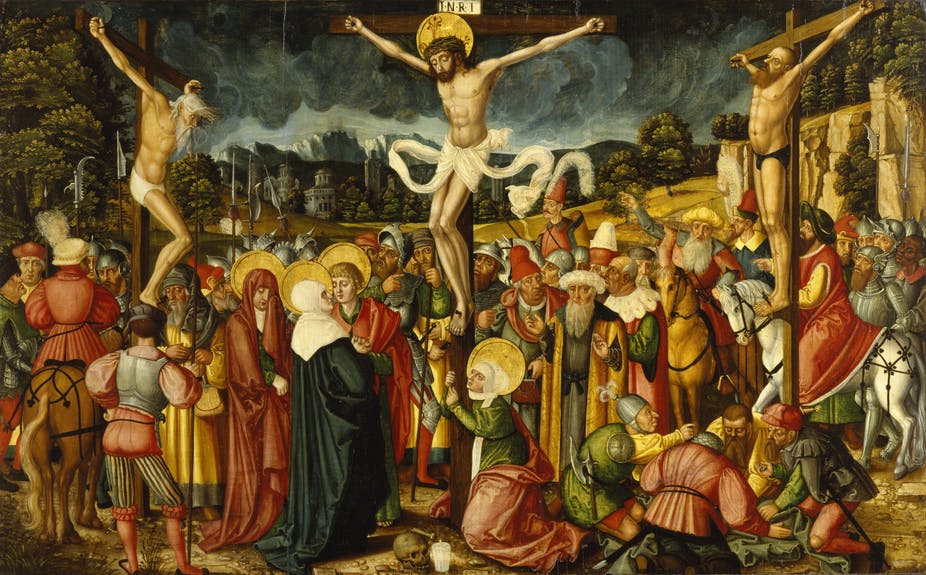
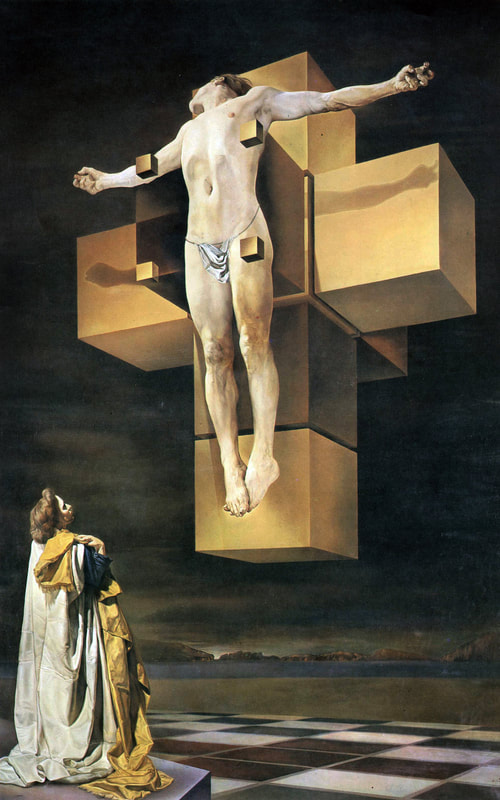
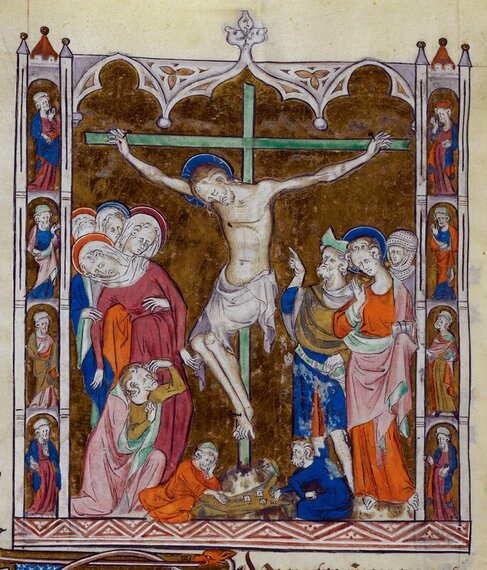
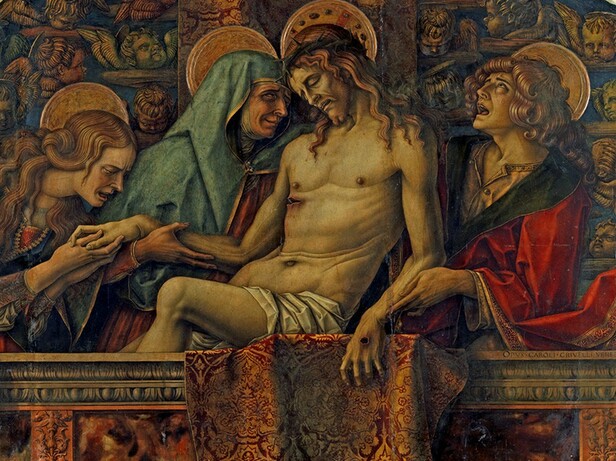
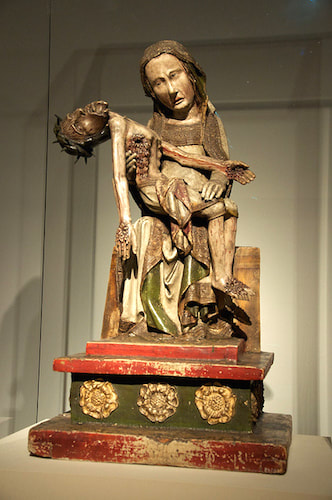
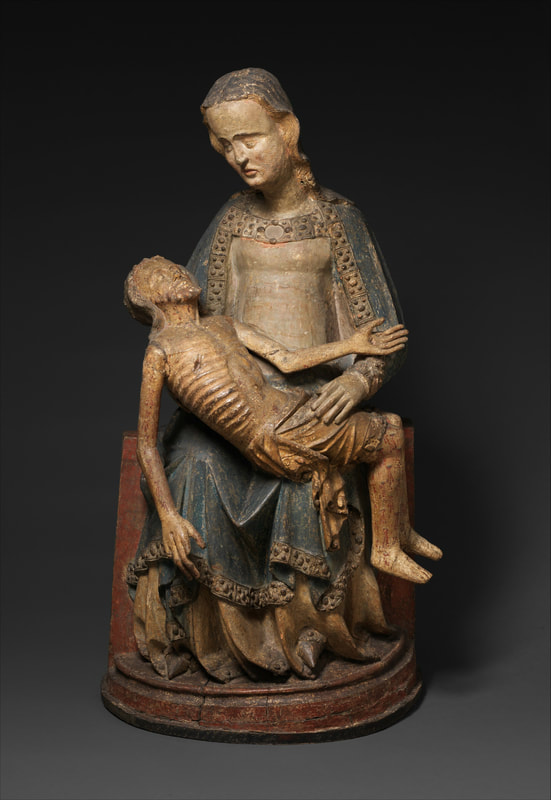
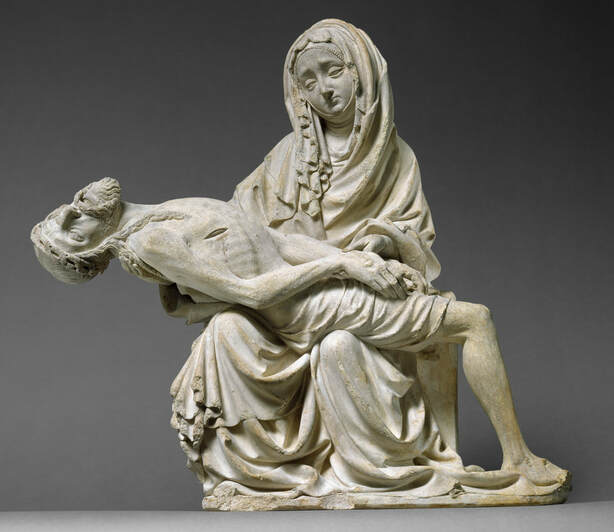
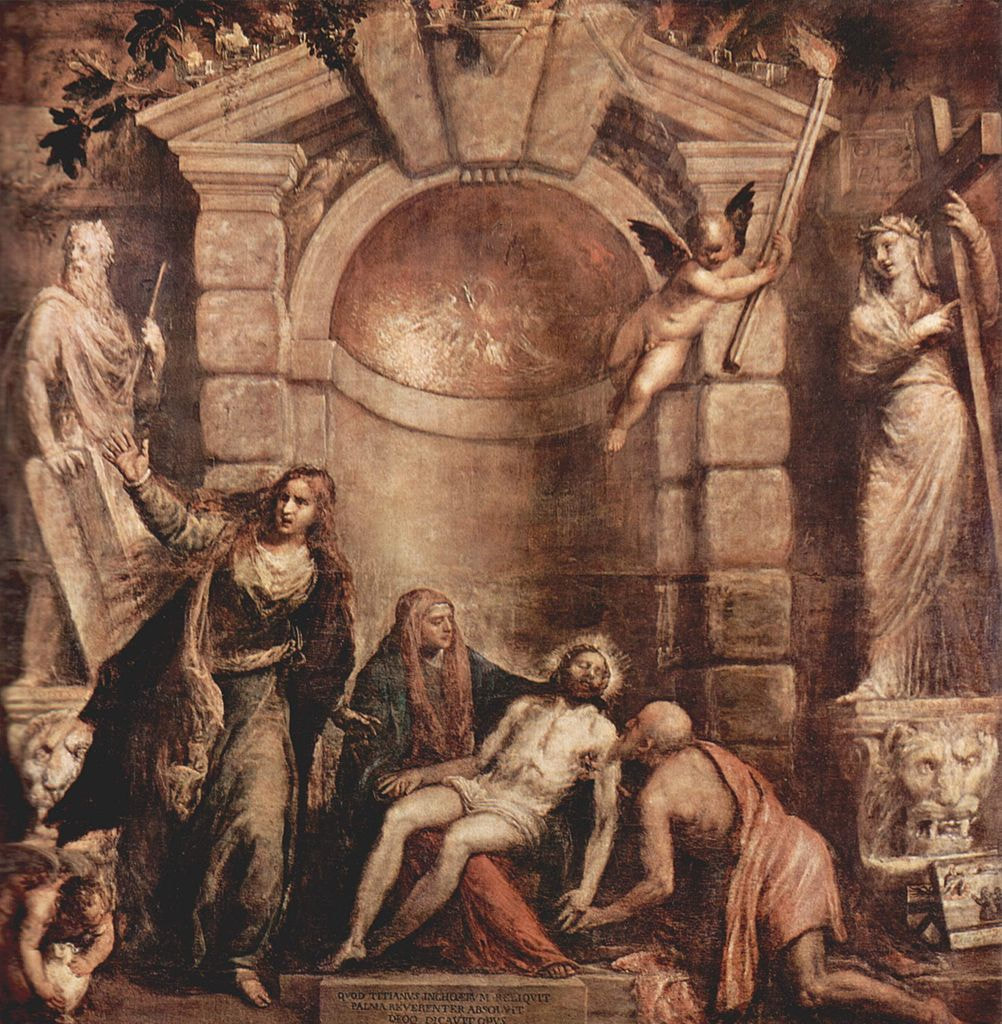
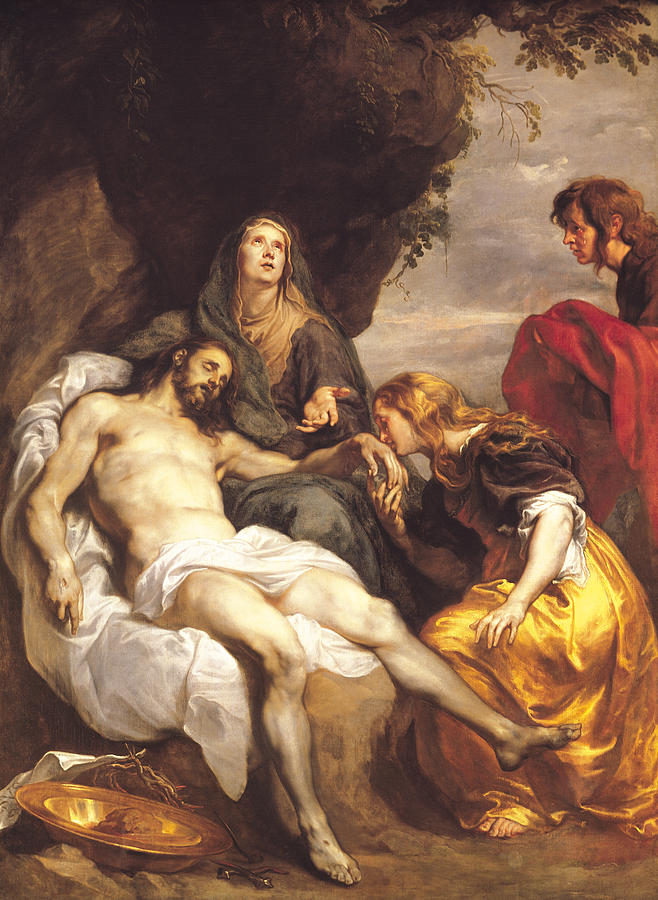
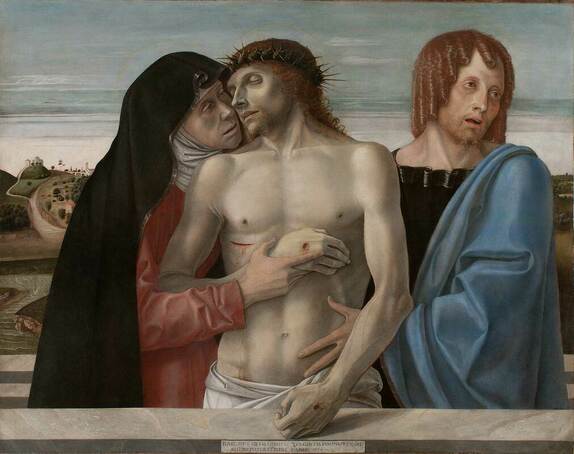
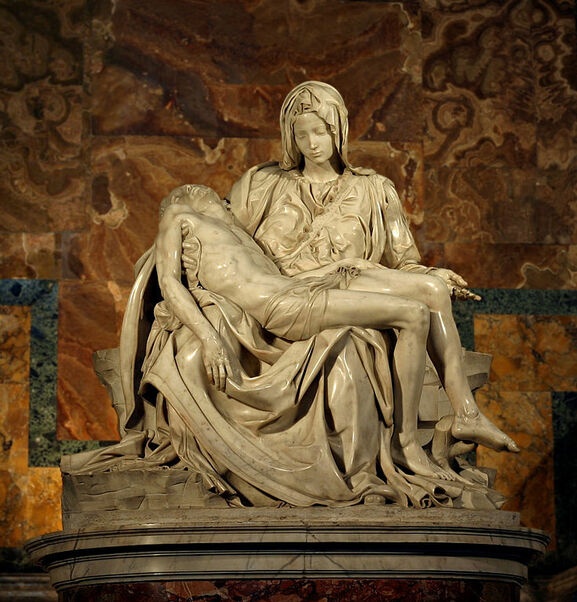
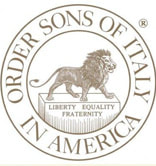
 RSS Feed
RSS Feed
